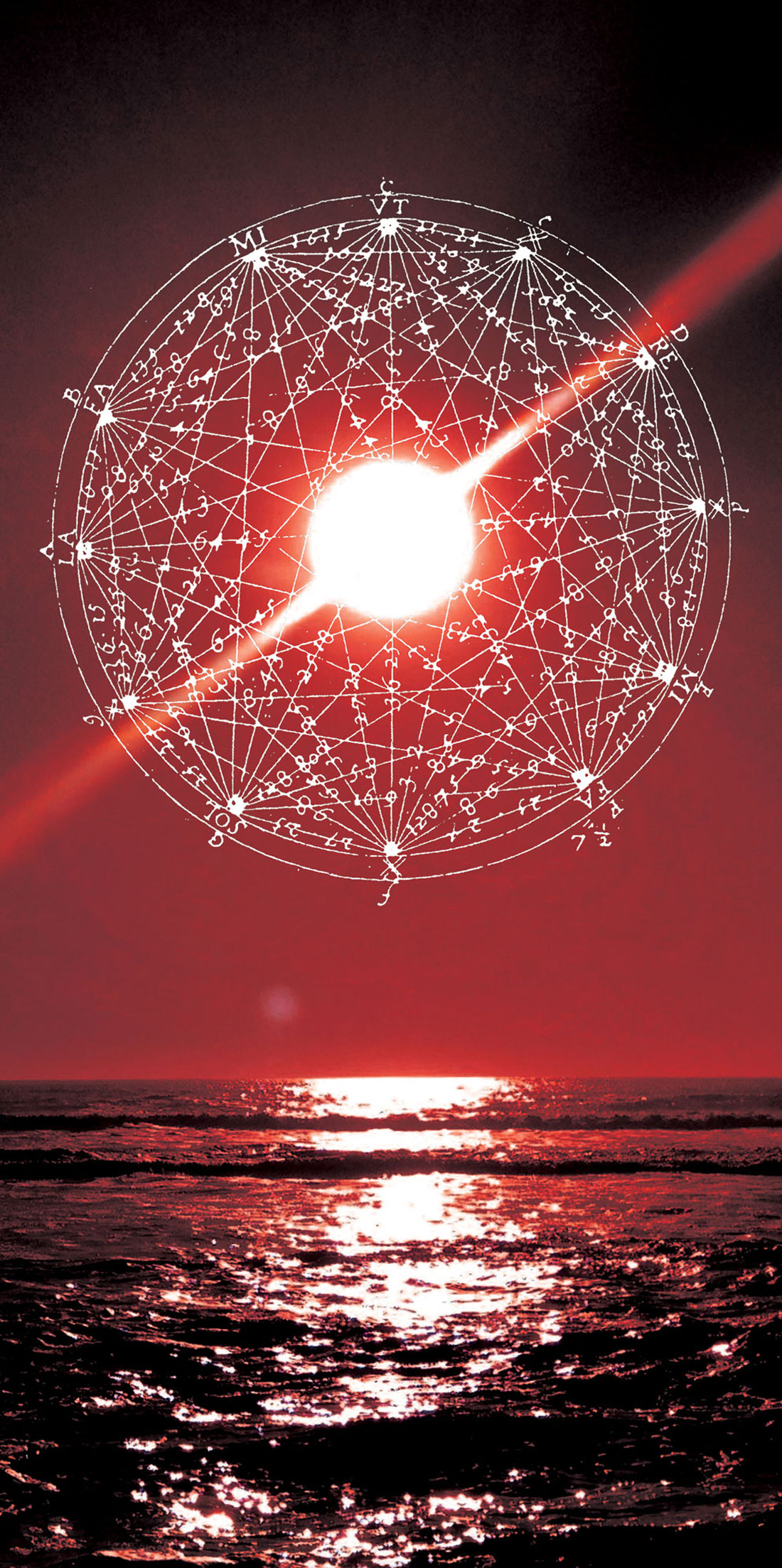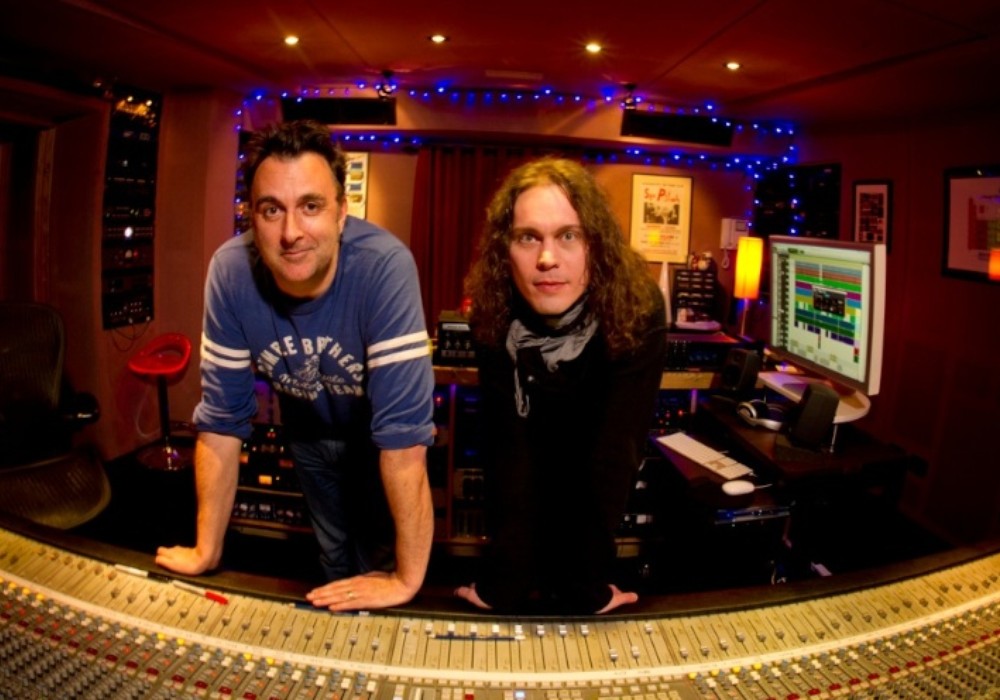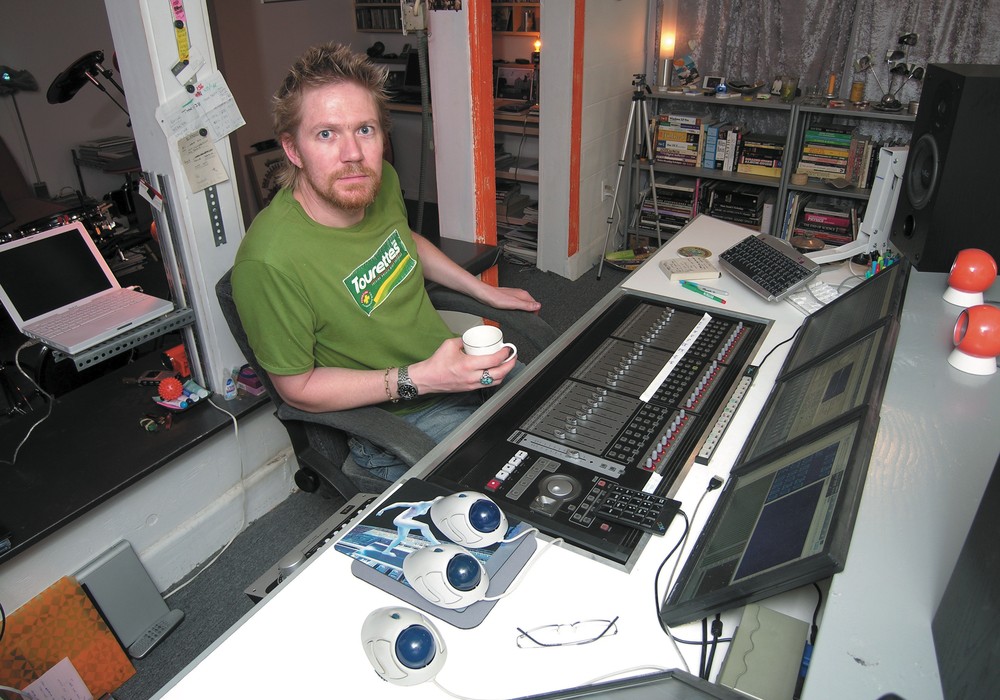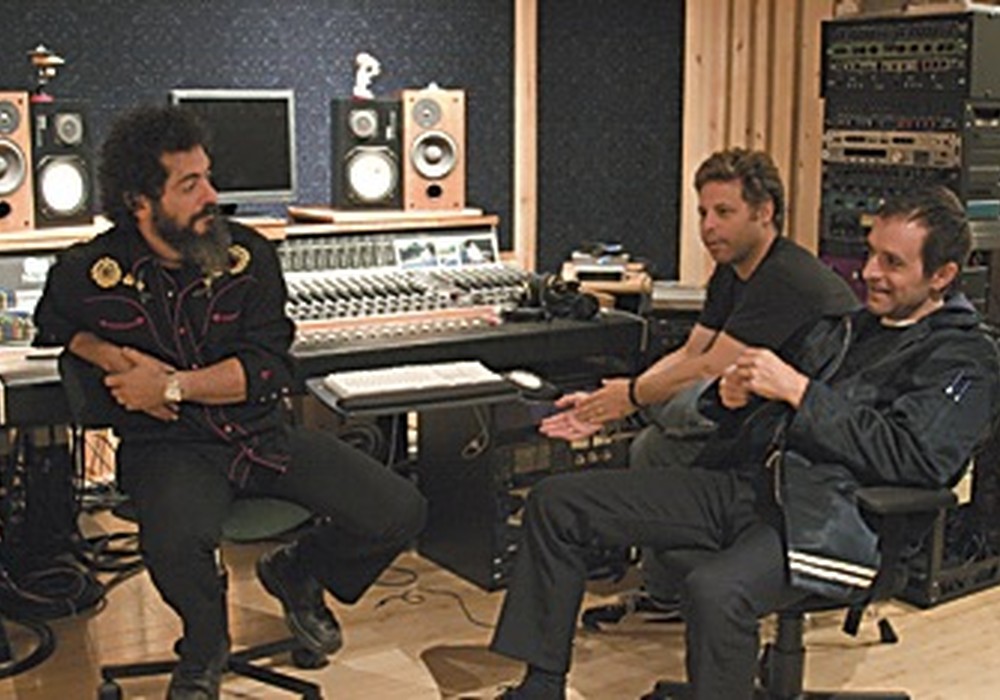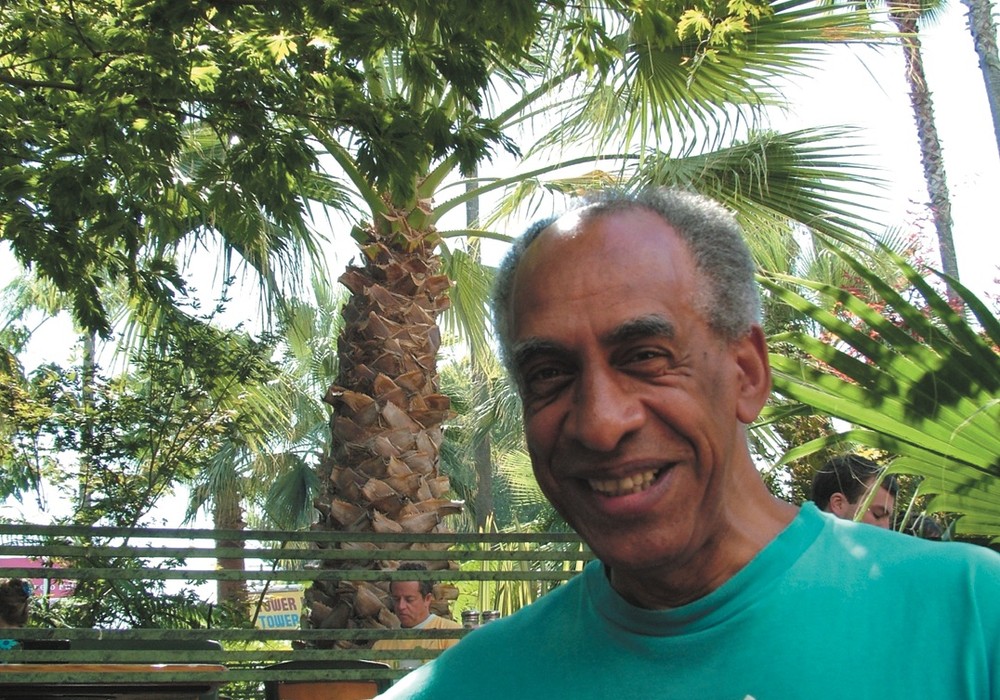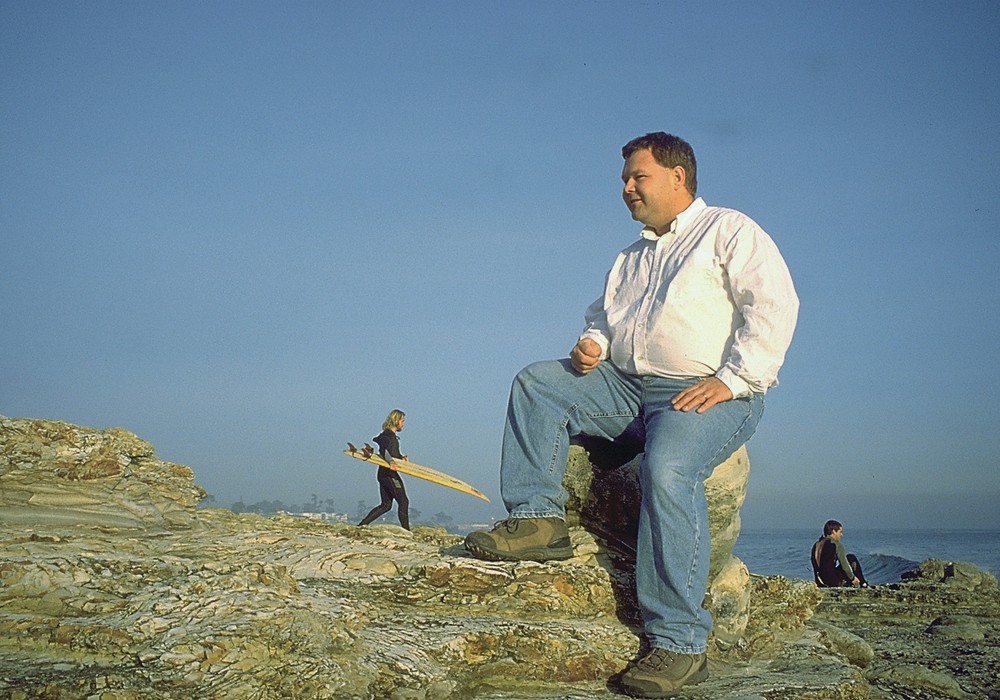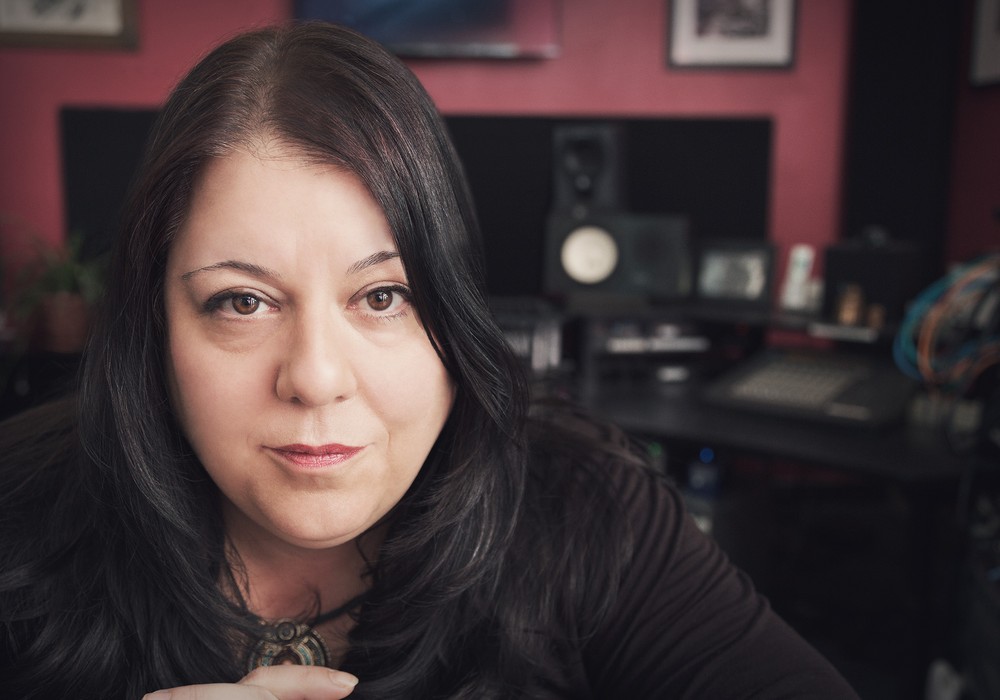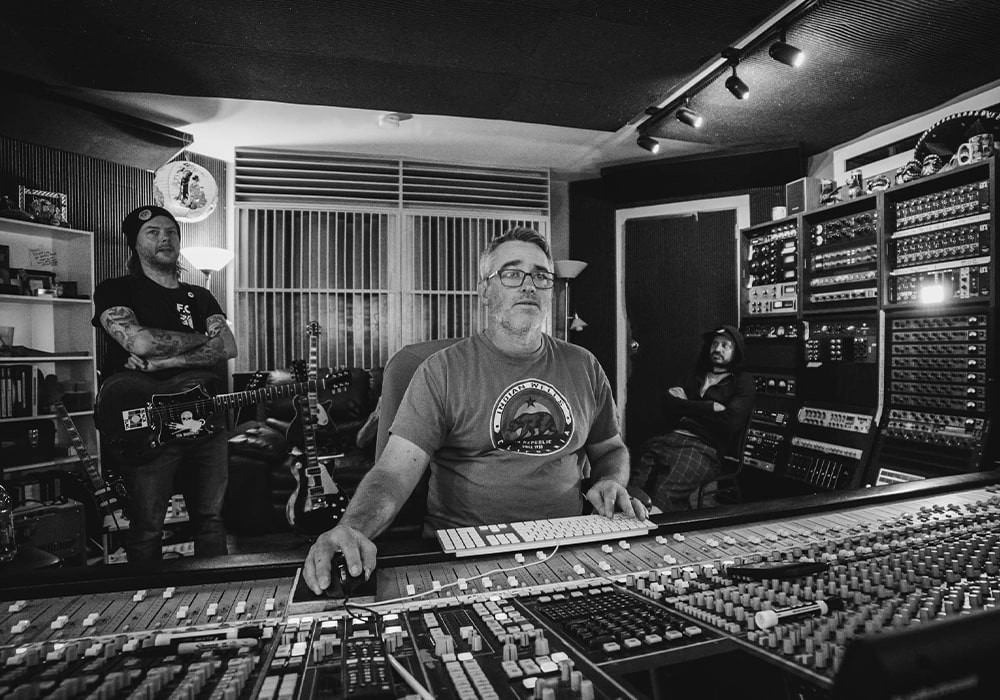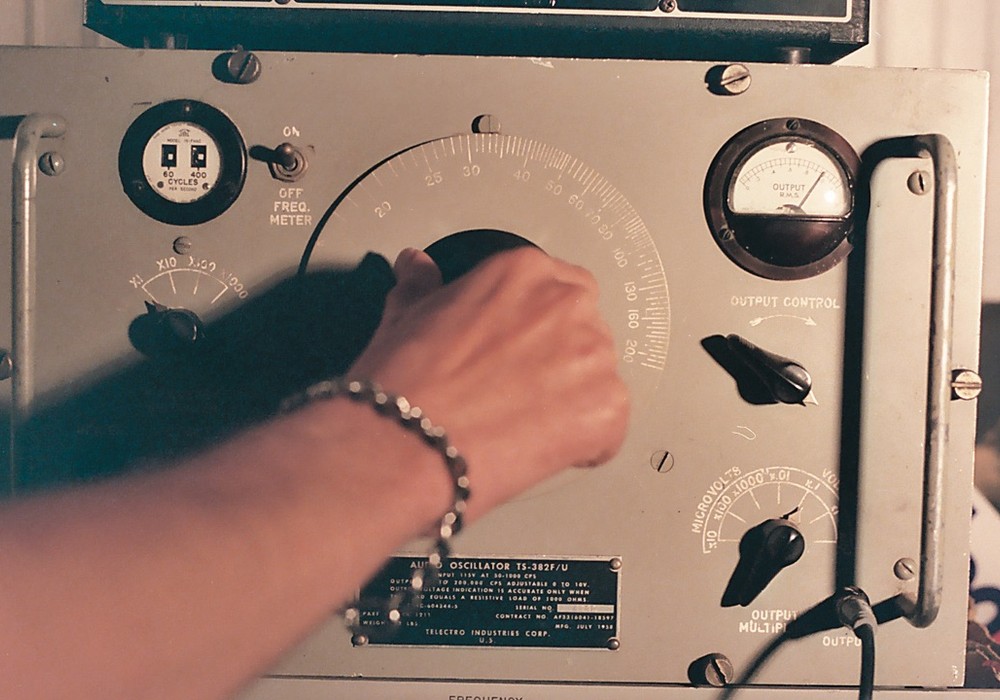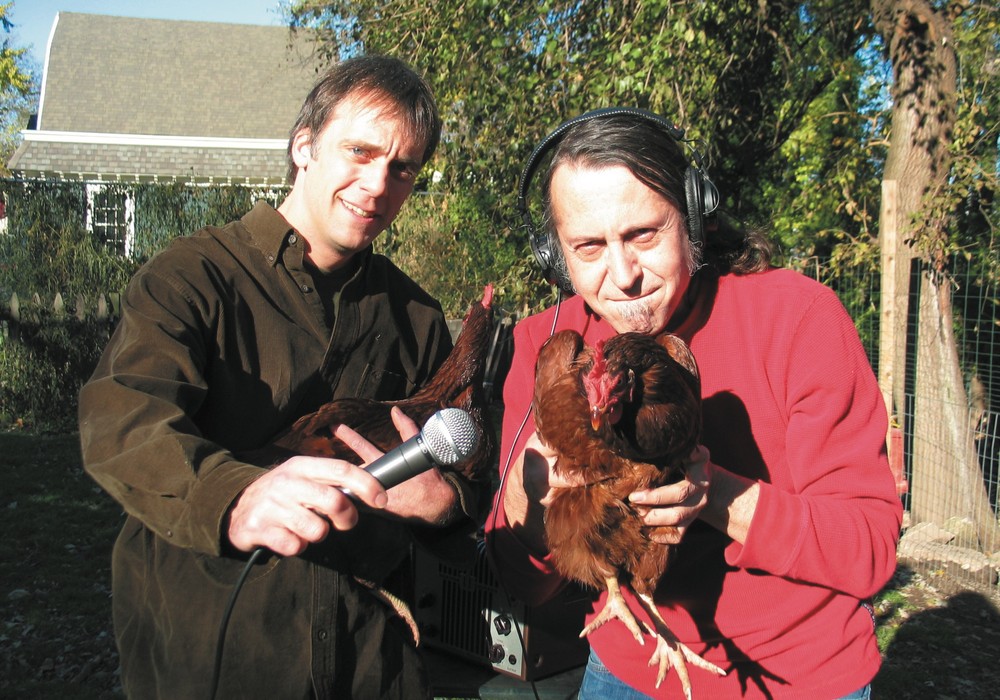An unsung studio hero? That's how some people see Tim Palmer. With a career beginning in London of the late '70s, he worked on records with Kajagoogoo, Cutting Crew and Dead or Alive. Later work with The Mission UK and The House of Love led to working with Robert Plant, David Bowie's Tin Machine, Pearl Jam's debut and even U2's All That You Can't Leave Behind. Yeah, maybe he does deserve a bit more attention? I met Tim at his home-based studio in the hills outside of Austin, Texas, where he keeps busy producing and mixing.
Early Studio Years
The early days were a huge thrill, especially the big console with all of the lights. Here you are in a cool control room, barely out of your teens sitting in front of a huge Neve. I was quite happy when sessions got late and had missed the last train home, I would get to sleep at the studio... again. I would switch the lights off, set up my bed on the couch, and get an album playing through the big monitors. It was the closest thing to heaven at that time. I loved it.
Artist Power
Artists are in wonderful position of power now. They often choose who they want to work with directly these days, no A&R men pushing the mixer or producer du jour onto them. Also with financing albums themselves through Kickstarter et al, they go looking for labels with a finished product these days. I get quite a lot of projects days from direct email contact through my website and I can't deny that I like this connection with the artists. There is a less watered down vision by adding A&R men into the equation. Obviously for music producers these days, making huge sums of cash is not an incentive. You've got to really love and have pride in what you do, because the days of huge royalty payouts are disappearing. The last two albums I produced were both Top-10 on the Billboard 200, but I don't think I made a single royalty from either of them. As it happens, I really enjoy what I do, and I still get well paid, so I don't mind. I have moved on from the old music business and am enjoying the new paradigm.
Top of the Pops Album
When I was first buying singles as a young lad in London, they had these compilation albums called Top of the Pops. They were re-recordings, or covers, of current hits by a gang of great musicians. They would go into a studio, figure out the sounds and chords to all the top singles, and then try to replicate them. They were about 20 songs, all on one album. I guess this was when I first realized the power of the performance and the fact that the first version you hear of a song will always be hard to replicate or cover. Instead of buying "Ballroom Blitz" by The Sweet, I saw the album and thought, hang on a minute, this is only a pound more, and it's got T. Rex, and Bowie and The Sweet. When I got it home and I played it, I realized what a mistake I made. When you have a great song, you will always love the way you first heard it, if it sounds bad, or even a bit out of tune, that first version is always hard to beat. Later when I was making records I realized that this was my first lesson in "demoitis." I was talking about this during my panel at SXSW, and Hugh Padgham [Tape Op #71] piped up and said, "I used to record those sessions at Lansdowne Studios!
Studio Social Life
I really do miss the social side of the old music business. I can't deny that I liked sitting around and figuring stuff out with the bands. I loved the stories, having a good chat and a laugh. It gets a bit lonely here at my studio as many of my mix projects are coming from all over, and therefore they cannot attend. If I am adding a guitar part or something, and I think it sounds pretty good, I have to print it and send for approval. No vibe. In the old days there'd be band there and we could all get excited about it, or not, and make decisions on the spot.
Credits
Nowadays there are obviously no album sleeves to read, so album credits are hard to find. NARAS has "Give Fans The Credit," where they are are pushing to give fans the information. What really infuriates me is how little effort it would take iTunes to actually achieve this. You would think they would do some research and discover that fans loved the artwork and reading the credits. The sharing of this information was and is vital to the producers and engineers recording the music. Surely this is easy to fix? To blindly ignore an aspect of what we loved as music listeners just seems so silly to me. The basic meta-data of where a song was recorded, with whom, and by who should and could easily be included.
Bounce It
I thought having a vision for what you're producing was part of the job description. Nowadays, some seem to lack a final vision so they just record everything, everywhere. "Let's record that part top to bottom and the mixer can decide where it works. Let's record the sound with four different mics and guitar amps just in case." When mixing became a sub set of the record making process job, I think it changed everything. Some producers stopped feeling like they had to worry about the end product and it took responsibility off their shoulders, but it also took their decision making away. I wrote on Facebook the other day, "Does anyone ever remember the phrase, 'Let's bounce it down?'" A lot of engineers and mixers responded, like Chris Shaw [Tape Op #83], reaffirming this crazy situation. Why would you send 35 un-bounced tracks of guitars or backing vocals to the guy who is mixing your record? Surely you want the guy to be as fresh and creative as he can, take the recording to the next level, and not have to finish all the recording and spend an afternoon bouncing the tracks down. When we made records on analogue tape, we had to make decisions and we had no way to go back, or un-bounce. Today producers can bounce, make a decision and hide the original tracks. There is no commitment, so it beats me why they don't just get on with it. Why don't they fucking go for it?
Full Reels
I remember once when I was an assistant I was working on a Bananarama album and they asked me to compile the album, take all the correct mixes and fit it all on two large empty tape reels. You'd have to find the correct master mix of the song, cut it out, put your main compilation reel on, spin the mix on to that, and repeat. Of course, the danger was if you ended up with a full reel on both sides of the machine, it would end in tears. I did exactly that. I pressed fast-forward to get to the end of the reel, and the tape shot up into the air. "Oh no, I'm over." These were the master mixes. So I put the red light on to stop anybody coming into the room and had to remedy the situation fast. I had to walk 'round and 'round the couch, untangling all the tape. There was tape all over the floor, and I had to cut it in about four places to be able to reassemble it. I did get it back together, and it was fine and you couldn't hear the joins. At the mastering session the producer was standing next to me. Every so often you'd hear the little rustling sound when the edits flew past the tape heads. He said, "I don't remember editing this song in the middle of the verse?" I blagged my way out and got away with it.
Blue October
I recently mixed the new Blue October new album Sway at my studio in Austin. We have worked together on and off for many years now and they are a band that I really respect and enjoy working with. After so many years, we can trust each other, and that gives us both a lot of creative space. The single "Bleed Out" is doing well at alternative radio.
Polyphonic Spree
I mixed their new album Yes, It's True. I really enjoyed mixing this album and Tim DeLaughter was open to me adding some new parts. I am finding this scenario becoming more and more common. I like getting stuck in and trying out some musical ideas, and when you get to work with open-minded artists it makes the process so much more fun and creative. I always tell my clients, "If you don't like what I have added, there's a mute button." Most people are just happy that you care that much about their music.
HIM
Another band I have a long history with is HIM from Finland. I have worked on about five records with those crazy Finns. On the recent album Tears on Tape Ville Valo decided he wanted me out of my comfort zone, so that meant leaving my studio in Austin and heading to London to work at Assault & Battery; Flood and Alan Moulder's studio.
It was pretty strange being back behind a 72 channel SSL G+, but I settled back into the luxuries of the studio and assistants very quickly. Although I really enjoyed the process, I don't think that the result is any better than what I could have achieved at home, but being able to work directly with Ville and make instant changes really sped things up and made it more fun. It was like the way things used to be!
Larry Klein
I am on my second album of handling mixing duties for producer Larry Klein, and I hope this is a something that will continue. Larry always catches a great feeling in his recordings. We are currently mixing a new artist from Canada called Bobby Bazini. I have to approach mixes for Larry in a much more old school way; you can't mess with them, nor would you want to, and no samples needed. I find I use the faders a lot more, there are less sharp edges in the moves, and the whole thing has more of an organic feel.
